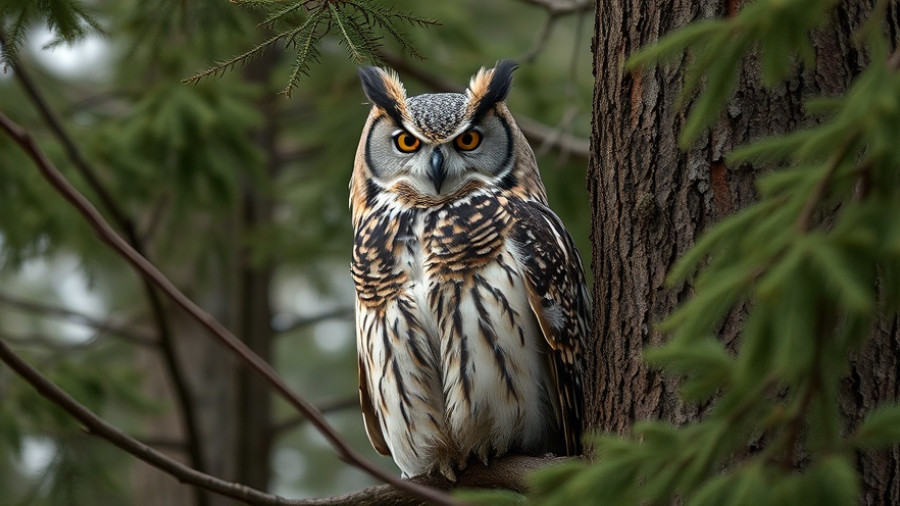
The Journey to Recovery: California Condors
California condors, once on the brink of extinction, have become symbols of successful wildlife conservation efforts. With a population that has steadily increased, thanks to extensive breeding and reintroduction programs, these majestic birds now soar over California skies. The California Condor Recovery Project, backed by various organizations, aims to establish sustainable populations of these birds through rigorous monitoring and habitat preservation strategies.
Live Streams: A Window into Conservation
The introduction of live cam technology has allowed wildlife enthusiasts to monitor condors in their natural habitats. Cameras set up at locations such as the Bitter Creek National Wildlife Refuge provide real-time insights into nesting behaviors and chick development. These cams not only educate viewers but also contribute vital data to biologists, assisting in the ongoing efforts to track the survival rates of individual birds and the overall health of the population.
Nesting Insights and Challenges
Each year, condors return to established nests, sometimes facing the challenges of micro-trash and environmental hazards. In 2025, exciting developments included the successful hatching of chicks, yet the presence of foreign debris in nests continues to raise concerns. Monitoring these nests via webcams allows researchers to intervene as needed while minimizing human impact on nesting activities. The goal is to balance conservation efforts with respect for the condor's natural behaviors.
Conservation in Action: How You Can Help
With an increasing number of viewers tuning in to observe the condor webcams, there is a growing community committed to supporting conservation efforts. Simple actions like picking up litter during outdoor excursions or donating to programs like the Save the Condors Fund can make a significant difference. Watching the cam not only informs the public about these incredible birds but also fosters a sense of collective responsibility for their survival.
The Future of California Condors
The dedication of conservationists and wildlife enthusiasts plays a crucial role in the future of California condors. As these birds continue to thrive, the ongoing efforts, technological advances, and community support fortify hopes for sustainable populations in the wild. Ensuring a brighter future for condors is a shared mission that begins with awareness and action.
 Add Row
Add Row  Add
Add 




Write A Comment